Study Design
This study adopted an uncontrolled clinical trial research design, which incorporated the collection of data through medical exams, tests, questionnaires, and evaluation of the medical, and behavioral intervention. The design did not involve the control group and it was chosen because it is capable of producing greater mean effect estimates than controlled trials (Nair, 2019). This design is very key for interventional trials because it optimizes and economizes the clinical trial conduct (Nair, 2019). Further, the design is good for looking at how PCPs can make the lives of those living with life-threatening diseases better (“US Department of Health,” 2020). Uncontrolled clinical trials are also useful in studying the role of PCPs or health support groups.
Target Population
The study was conducted at Community Health and Wellness Center, a primary care clinic in Miami – Dade County. This clinic was selected due to due its focus on primary care and the opportunity for conducting training sessions. Prior to recruiting and conducting the research, a formal introductory was sent to the Chief Executive Officer (CEO) of the facility requesting permission to carry out research in the clinic. Thereafter the researcher held a formal meeting with the CEO, and all PCPs, including physicians and nurse practitioners who were the population of interest in the study. Additionally, the researcher requested PCPs to refer patients as participants.
Sampling Procedure
The research after meeting several PCPs at the facility used a consent form with detailed information requesting them to volunteer as respondents or participants in the study. A similar consent was issued to patients at the facility. The consent form included all the information which addressed the ethical concerns which could prevent the PCPs and patients from taking part in the study. Once this was achieved and the researcher was sure that both the staff and patients at the facility were ceased of the intention, the research initiated the process of recruiting the participants. The study adopted a convenient non – probability sampling technique because it was easy to use considering that the researcher only selected clinical participants who were available in the facility at the time (Stratton, 2021). In addition, it was the best use as the researcher only sampled those who were willing and ready to volunteer to partake in the study (Stratton, 2021). Additionally, the researcher was motivated by the technique because it does not cost a lot in terms of money spent, is simple, and is not time-consuming.
Conveniently, the researcher recruited a total of 20 Primary Care Providers (PCP) including physicians, nurse practitioners, and registered nurses. This number was arrived at by taking 5 PCPs from each seminar who took part in the training. There were a total of 4 seminars with each having 20 PCPs. The researcher conveniently sampled 5 from each training bring up the number to 20. This was based on the researcher’s discretion that all the PCPs who trained were willing and happy to volunteer to participate in the study (Etikan & Bala 2017). There was no exclusion applied when recruiting the PCPs other than the willingness to participate, so anybody selected was good for the study. A sample of 100 patients was also conveniently recruited to participate in the study (Etikan & Bala, 2017). Since the patients did not receive the training, they were included through chart reviews as subjects of the 5As model once the PCPs had completed the training.
The study excluded patients under 18 and over 64; those under 18 were excluded because the BMI parameters are determined by data from individuals age 18 and older (“US Department of Health,” 2020). Patients over 64 were excluded because weight reduction or gain can complicate their underlying health conditions such as illness or physical disability, mental illness, dementia, confusion, and nutritional deficiencies. Collectively, 20 PCPs and 100 patients were sampled as respondents for this study, making up a total of 120 participants.
Pre -Test Results
All the PCPs who took part in the study indicated that they had participated in at least one quality improvement training on obesity in the past three years as revealed in the pre-test report. However, only 2 (10%) of the participants indicated that just one training they attended in the past on obesity quality improvement training covered the use of 5A’s framework. Further, before this study, 46% of PCPs participating in this study said they had been trained on cognitive behavioral therapy; 21% and 4% of them were trained on motivational interviewing and family involvement respectively. 25% ± 0.91 of PCPS were always screening obese patients before providing primary care as shown in the pre-training intervention report.
Another 20% ± 0.91 of them were rarely screening the patients before the intervention; while 50% ± of PCPS said they sometimes screened the patients. Pre-training intervention results as indicated by the pre-testing report showed only 25% of the patients with obesity experienced a reduction in weight due to PCPs’ direct involvement in their treatment. In terms of knowledge and skill, 36% ± 1.18 could screen, counsel, treat patients with obesity, and were competent with 5A’s framework for patients with obesity.
Post -Test Results
The post-test report showed that 90% of participants had covered one training on 5A’s, with the other 10% of them confirming taking part in two pieces of training of 5A’s framework. The proportions of PCPs who trained on cognitive behavioral therapy, motivational interviewing, and family involvement remained at 46%, 21%, and 4% respectively. After the training intervention, 80% ± 0.64 of PCPs said they always screened adults for obesity when providing primary care; representing an improvement of 55% from 25% before the intervention. In addition, post-intervention had an improvement on patients 42.5% who experienced a reduction in body weight loss due to direct involvement of PCPs in their treatments. In terms of knowledge and skills application, 92.5% ± 0.71 of PCPs could screen, counsel, treat patients with obesity, and were competent with 5A’s framework for patients with obesity after the intervention. Clearly, the training improved the PCPs’ knowledge and skills by 56.5% from 36% before the seminars.
Paired T-Test Results
The descriptive results indicated improvement in PCPs’ knowledge and skills application of the 5As framework after they took part in the training intervention. The means scores and standard deviations results were higher in the post-test report compared to the pre-test report. Additionally, the reduction in patients’ weight loss (BMI) was higher in post-training compared to pre-training. However, this difference could be due to sampling error or chance; so to confirm if the difference was statistically significant, a paired t-test was run (Gleichmann, 2020). The two groups that were compared, were essentially the same apart from giving two different results, one before training intervention and the other after the seminars. The pre-test/post-test correlation results for PCPs knowledge and skills application of the 5As framework was a weak positive association (r = 0.140, p < 0.001). The BMI results showed weak positive a pre-test/post-test correlation (r = 0.169, p < 0.001).
Paired was the best statistical measure because the same groups were tested twice before and after the intervention. This test uses the same participants, thus, it reduces the chances of variation between the samples that could occur due to other factors than what is supposed to be tested (Gleichmann, 2020). It assumed two hypotheses; One (null hypotheses – H0) that there is significant no difference in the means of the groups (Gleichmann, 2020). Secondly, (alternative hypothesis – H1) that there is a significant difference between the means of the two groups. (Gleichmann, 2020). The paired t-test results for PCPs knowledge and skills application of the 5As framework showed a significant mean difference between post-training and pre-training (t19 = 33.927, p < 0.001). On average post-training intervention, scores were 55.1 higher than pre-training scores (CI [58.50, 61.70]). For BMI reduction, the t-test revealed a significant mean difference between post-training and pre-training (t19 = 29.582, p < 0.001). The post-training BMI reductions score were 18.2 higher than the pre-training scores (CL [. 19.43, 21.87]).
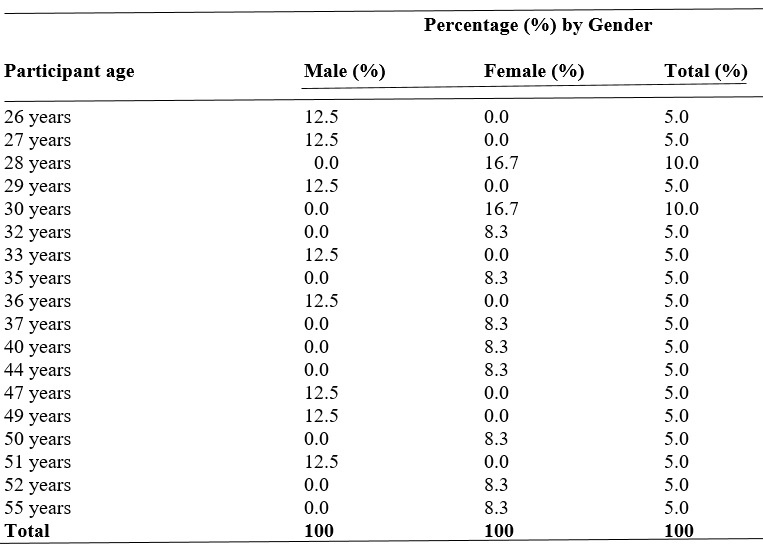

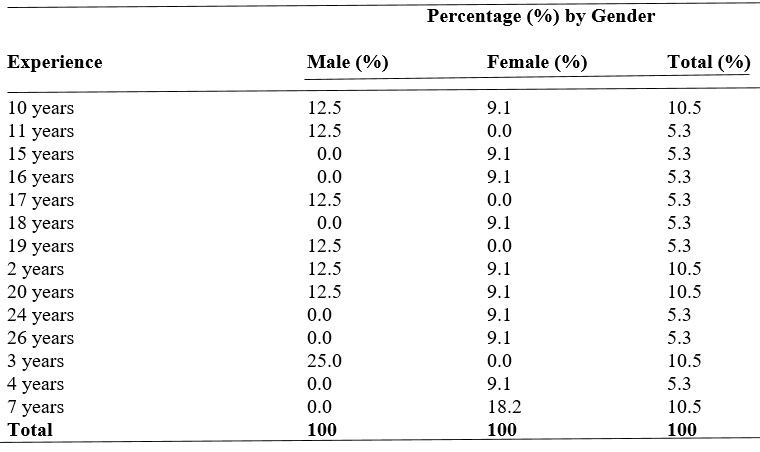
How many quality improvement trainings on obesity have you participated in the past three years?
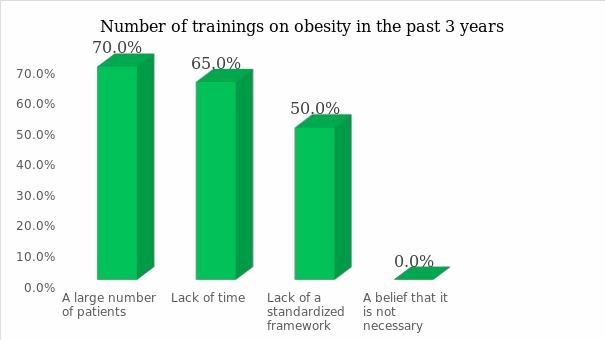
If attended at least 1 obesity quality improvement training, how many covered the use of 5 As framework?
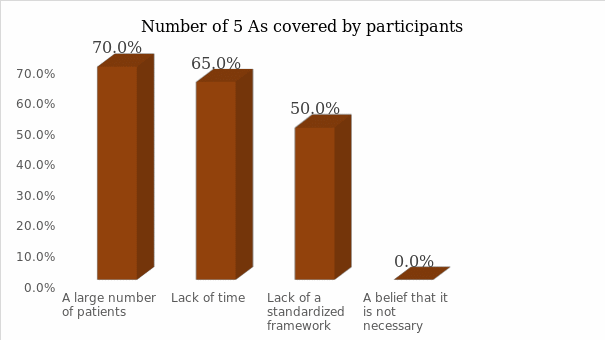
What other obesity screenings and counseling strategies have you been trained on?
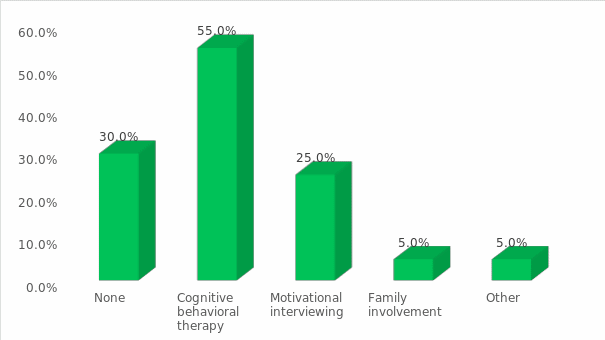
How often do you screen adults for obesity while providing primary care?
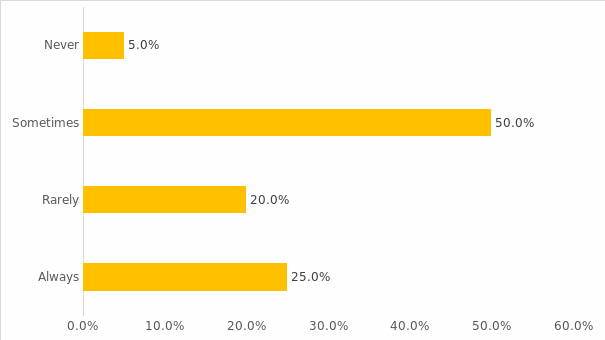
In your opinion which of the following factors hinder primary care providers from performing regular screening and counseling for obese patients.
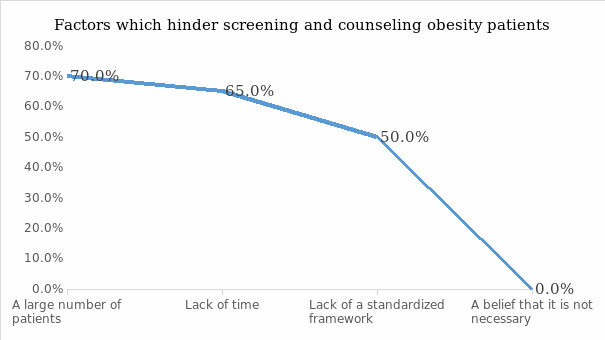
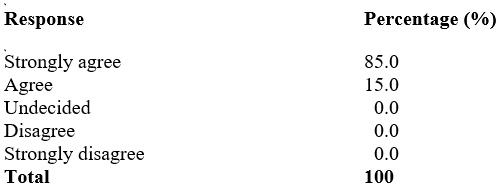
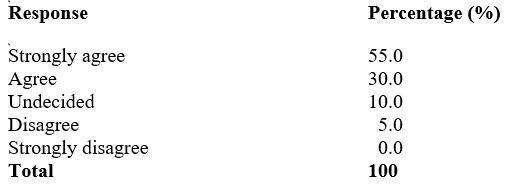
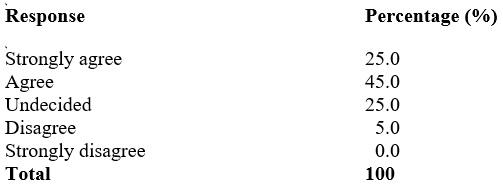
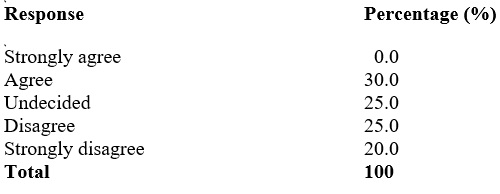
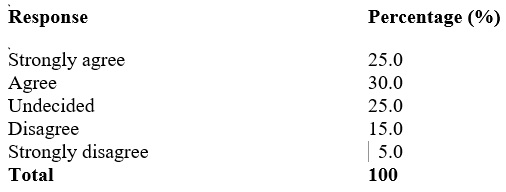
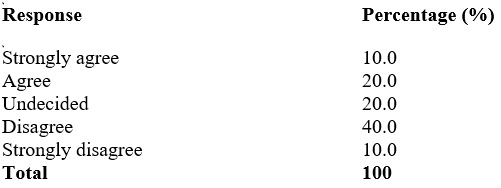
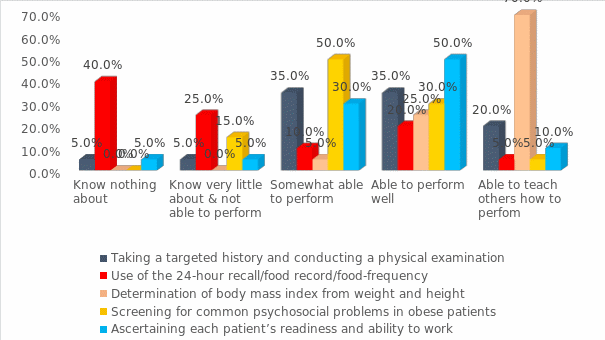
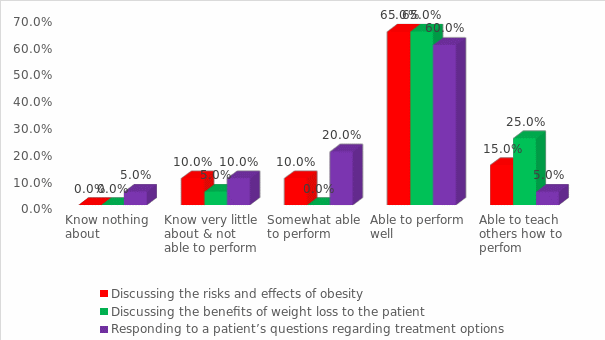
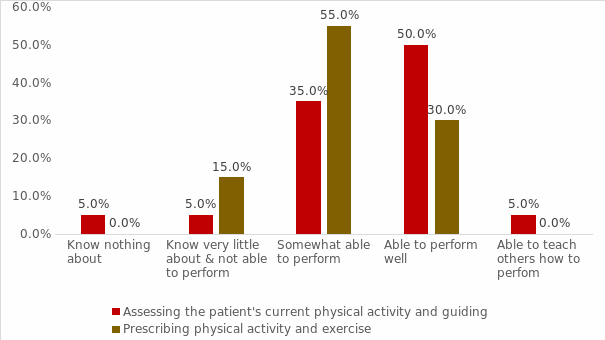
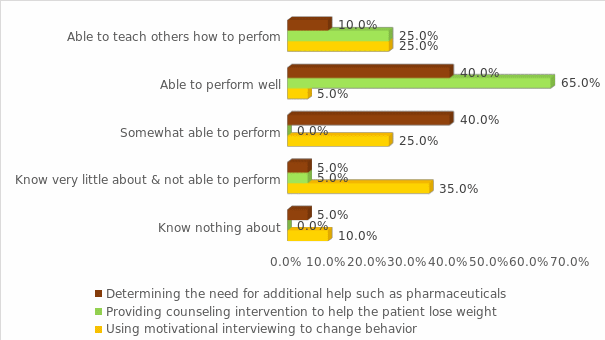
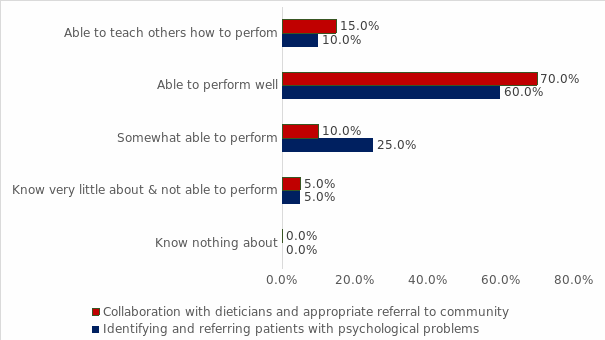
References
Etikan, I., & Bala, K. (2017). Sampling and sampling methods. Med Crave.
Stratton, S. J. (2021). Population research: Convenience sampling strategies. Cambridge University Press. Web.
U.S. Department of Health & Human Services. (2020). What are clinical trials and studies. National Institute on Aging.
Nair, B. (2019). Clinical trial designs. US National Library of Medicine. Web.
Gleichmann, N. (2020). Paired vs unpaired t – test: Differences, assumptions and hypotheses. Technology Networks.